An e-invoice is a machine-readable (structured) invoice that is sent directly to a financial administration program or an online bank. E-invoice is a quick, easy and secure way to transmit invoices to a customer. E-invoice provides a basis for real-time and automated financial administration. By automating your company’s financial administration, you can make your financial processes more efficient, improve data quality, reduce errors and eliminate costly manual work.
A service is always needed to process e-invoices. Companies usually receive e-invoices via their electronic recycling and archiving programs for purchase invoices. Consumers usually receive e-invoices via their own online banks.
An e-invoice can also be displayed on the computer screen as a document resembling a paper invoice. E-invoices are usually sent via the invoicer company’s financial administration program but an enterprise resource planning system or an e-invoicing website can also be used.
Invoices sent as email attachments in pdf or image format are not e-invoices.
Why should I start using e-invoicing?
Benefits of e-invoicing:
- An e-invoice always contains the information required by law.
- Checking the invoice takes less time because the e-invoice recipient can automatically transfer the payment reference and the account number to the payment details.
- You can also sell products and services to organisations that only accept e-invoices.
Benefits of accepting e-invoices:
- You save time and money: all unnecessary work is eliminated, which means that you have more time to develop your company’s core business.
- There are fewer errors resulting from invoice processing.
Under the Electronic Invoicing Act, e-invoices must be used in public contracts
Provisions on e-invoices are contained in the Act on Electronic Invoicing by Contracting Entities and Entrepreneurs (241/2019; Electronic Invoicing Act). The purpose of the act is to make the financial administration of public sector and private sector actors more efficient by creating a framework for automated invoice processing. Under the Electronic Invoicing Act, contracting entities must accept and process e-invoices in public contracts if the invoices comply with the European standard.
